|
Not every restaurant wants to be family-friendly. But if families are in your target demographic, there are steps you can take to serve them well as summer approaches and they spend more time eating out. First, offer some healthy (or at least real) options: think chicken nuggets that are breaded and baked instead of deep-fried, fresh fruit and vegetables, and desserts that aren’t packed with sugar and artificial ingredients. Scale down portion sizes and be flexible with sauces, sides and substitutions to accommodate allergies and fickle appetites. Package or present kids’ options as meal deals with creative, kid-friendly themes — and weave in your branding to get a social media boost. Adjust the rhythm of the meal so you serve adult drinks and kids’ appetizers first, follow with adult appetizers and kids’ meals, and then serve adult entrées and kids’ desserts. Offer crayons and create an activity placemat or cover tables in butcher paper so parents don’t have to struggle to keep kids entertained while they wait. And speaking of making things easier for parents, try offering a kids-eat-free deal on days when you’re also promoting parent-friendly specials. If you have the space available, seat families at booths or larger tables that can accommodate extra gear and give children space to spread out. Having changing stations (or at least a flat space that can be used as one) in all restrooms can help make your restaurant an easier choice for families too.
Is your restaurant known for its local flavor? Do you (or could you) offer a creative dining experience or other event that could become a memorable part of a person’s vacation or business trip? Consider who may be passing through town in search of a good meal. Skift Research found that 43 percent of tourists plan their travel with food as the main purpose. Tourists and business travelers are often looking for an authentic, local dining experience — and then posting about it to their friends online. Local Airbnb hosts, hotel companies, delivery providers and other complementary businesses can be helpful partners who can connect you with potential customers. Consider DoorDash’s new partnership with Wyndham Hotels & Resorts, which allows guests at its 3,700 U.S. hotel properties to bypass room service and get restaurant delivery for free from DoorDash member restaurants. (InterContinental Hotel Group already has a similar relationship with OpenTable and GrubHub, while Resy also works in partnership with Airbnb, allowing guests to make in-app reservations at a curated selection of restaurants in a number of cities.) But even without formal partnerships you can get the word out to people visiting your area. At the very least, get to know the travel bloggers who cover your region so you’re on their radar when they suggest local dining options.
Do you know your business case for managing food waste? According to a recent report from the World Research Institute and the Waste and Resources Action Programme, restaurants can earn $7 for every dollar they spend on food waste management. AgFunder reports that the research behind the study assessed the food waste management practices of more than 100 restaurants in 12 countries, including restaurants ranging from international quick-service brands to upscale, sit-down restaurants. The participating restaurants tried a “target, measure, act” approach to food waste, which involved measuring the food being wasted to identify the biggest pain points, then engaging staff, reassessing inventory and purchasing practices, reducing overproduction and repurposing excess food. Participating restaurants reduced food waste by 26 percent on average, and more than 75 percent of the restaurants had earned back the investment they made to cut food waste in the first year alone.
Is your delivery menu a mirror image of your dine-in menu? Chances are it shouldn’t be. That’s the verdict of a recent Restaurant Business report about how to maximize the benefits of offering off-premise food options. You need to consider how well your food and beverages travel, how many pages of options people are likely to tolerate scrolling through on their phones, and how efficiently your kitchen can manage the preparation of various items during peak periods. To make your restaurant more guest-friendly when it comes to delivery, as well as more profitable for you at a time when delivery often squeezes restaurant margins, consider how you can scale down your menu. The Restaurant Business report cited an example of one restaurant that placed its entire menu online, requiring viewers to click through six screens, and another that winnowed its menu down to six items on one page. (The latter restaurant generated an average of 10 times more sales than the first.) It also pays to know your highest-margin items and find ways to feature them more prominently on your menu and boost their appeal. Customers might view beverages, for example, as items that are easy to skip in favor of alternatives available at home or elsewhere. But if you create specialty or seasonal beverages served in containers that travel well and come in sizes that can serve a family or group, you can make them a more compelling sell. Finally, ease the pressure on your kitchen at peak times. Operators are experimenting with a range of options to do that, from reserving front- and back-of-house space for delivery orders, focusing the delivery menu on foods that require less effort and time to prepare, and taking delivery out of the restaurant altogether and using ghost or commissary kitchens to prepare and farm out orders.
Your sustainability efforts could soon be visible front and center for people considering your restaurant for their next meal. Yelp just unveiled its Green Practices Initiative in an effort to help consumers understand how restaurants approach sustainability. Yelp reviewers will now be asked if in their experience a restaurant uses plastic bags, utensils or straws, compostable takeout containers, and whether or not the restaurant offers a discount to guests who bring their own beverage containers. The results won’t be visible immediately but will gradually build a trove of data that will eventually be included in Yelp’s restaurant reviews.
For every 10 restaurant employees, seven will leave by the end of the year. That’s according to data from the U.S. Bureau of Labor Statistics. Those comings and goings cost restaurants many thousands of hours and dollars that are required to attract, hire and train staff. Some of that turnover may be hard to overcome, considering the historical demographics of restaurant employees, as well as the seasonal shifts of many restaurants. But there are signs the industry is getting creative about finding and keeping talent — and actions you can take to minimize the turnover you’re experiencing. Starting an apprenticeship program — ACFEF Culinary Apprenticeship Program s are among those available — can help to keep staff in place for a period of years, all while offering the classroom instruction and on-the-job training that can help engage new team members and help them see the longer-term benefits of staying with you. If an apprenticeship program isn’t a good fit for you, at least understand the reasons why your people leave. Like with most other areas of your operation, data can help you here. ChefHero advises you start by conducting thorough exit interviews. If your employees mention poor management as a factor motivating their departure, there are likely steps you need to take to retrain existing staff. If their departure is about a nearby competitor offering better pay, you can reassess your current compensation or identify other benefits you can offer (flexible schedules, time off, development opportunities, employee rewards) that can help you retain people if you’re not able to match the pay of competitors.
In an industry known for its employee turnover, food safety can be a challenge for restaurants to uphold. How do you ensure your restaurant adheres to food safety practices or other procedures critical to your operation, no matter how experienced your team members may be? Modern Restaurant Management suggests you use app-delivered games to not only protect your food safety culture but to drive employee engagement and retention through the accrual of points and rewards for individual employees or stores. By using such a system to improve your program, you’re tapping into an element of human psychology that can inspire people to improve whether they’re performing poorly or well. A recent New York Times article indicated that Uber considered McDonald’s as a key competitor, so consider this example from the ride-hailing company Lyft, whose decentralized structure and reliance on the gig economy requires it to understand how to motivate employees to not only stay with the company but to continuously improve upon their performance: A Guardian report from a Lyft driver described receiving weekly driving challenges that could result in power-driver bonuses. Having her results tracked and then receiving regular reports about those results gave her a strong desire to “beat the game” — when she had a slow week and received low scores, she was motivated to improve against other drivers. When she was a top performer, she wanted to retain her high score. If you’re looking for ways to keep employees engaged, consider what tools companies like this are using to make the work interesting and motivating for employees (all while ensuring the company achieves the underlying results it seeks).
There are ample financial incentives for restaurant operators to make their existing business practices more environmentally friendly — even if you don’t consider that consumers are loyal to such businesses. If you’re interested in either learning more about green business practices or about improving upon your existing efforts, check out this survey from the Green Restaurant Association. It asks a series of questions about your restaurant’s current practices when it comes to energy use, water efficiency, chemicals and pollution, sustainable food, and use of reusable and disposable products. Depending on your answers, you will be prompted with details about how adopting certain practices could help your bottom line, as well as what specific appliances, products, brands and other resources can help you operate more efficiently in various capacities. Your answers can also give you a baseline assessment to help you see what efforts might help you become a Certified Green restaurant if you’re seeking an industry designation.
If you’re taking steps to reduce your restaurant’s waste and make your packaging more environmentally friendly, why not share the benefits with your guests? A study from Cone Communications about corporate social responsibility found that 88 percent of consumers are more likely to be loyal to a company that supports social or environmental issues. Similar proportions of guests say they trust such companies and would buy a product from them if given an opportunity. Upserve suggests some tips for building a positive image around your sustainability efforts, including offering a discount on the dishes you offer that have the lightest environmental impact (try assessing your ingredients with an eye toward how local they are or how much water or pesticides were used to grow them). If a guest brings his own container to pack up leftovers, offer a small discount or promotion. You can even host a recycling event, encouraging guests to drop off electronics or less-easily-recycled items and then recycling those items on their behalf. If you need to increase your operation’s sustainability efforts before you promote what you’re doing, QSR Magazine suggests you make space behind your restaurant for compost and recycling bins in addition to trash bins, as well as a cardboard baler that will allow you to condense the footprint of your boxes and have them collected at one time. Then work with your supplier to improve upon your packaging. Order compostable or biodegradable packaging and utensils, or if you have to order plastic, aim for only plastic No. 1 items, which are the most frequently recycled plastics. Finally, understand what can and cannot be recycled by your provider. You may be overlooking items —lightbulbs, batteries and printed menus, to name a few — that are recyclable.
The automation of a growing number of restaurant tasks may be creating anxiety about the future of restaurant jobs, but the National Restaurant Association’s new State of the Restaurant Industry report had some positive news on that front. According to analysis of the U.S. Census Bureau’s American Community Survey, the number of restaurant jobs with annual incomes between $45,000 and $74,999 jumped 71 percent between 2010 and 2017 (that’s compared to climbing just 21 percent for the overall economy during that period). The result is a sign of career growth prospects and upward mobility even as lower-level jobs decline, particularly at tech-forward brands. Still, recruiting and retaining employees was a top concern operators shared in the report, with 35 percent of operators saying they struggled to find people for open positions, particularly in back-of-house roles. Longer-term projections shared in the report indicate a shrinking teenage labor force, long a key demographic for restaurant operators looking to hire staff. Employees older than age 55 could be stepping into their shoes, however: Between 2017 and 2018, the number of adults in this age group who work in the restaurant industry climbed 70 percent, or by 400,000 people. Does this statistic match your hiring experience in recent months? Watch for the National Restaurant Association to launch a training and certification program that will highlight longer-term professional opportunities available in the restaurant industry.
|
Subscribe to our newsletterArchives
April 2024
Categories
All
|
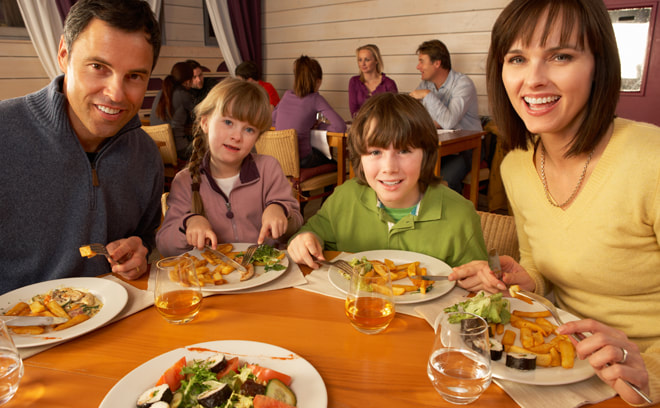


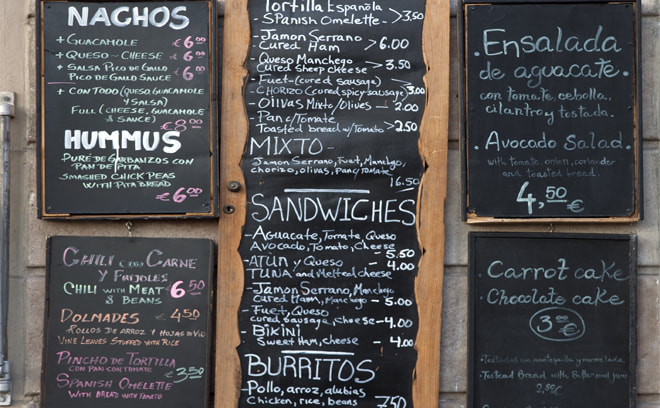



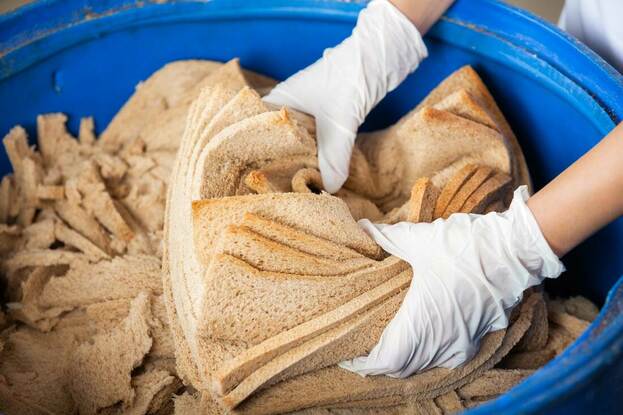
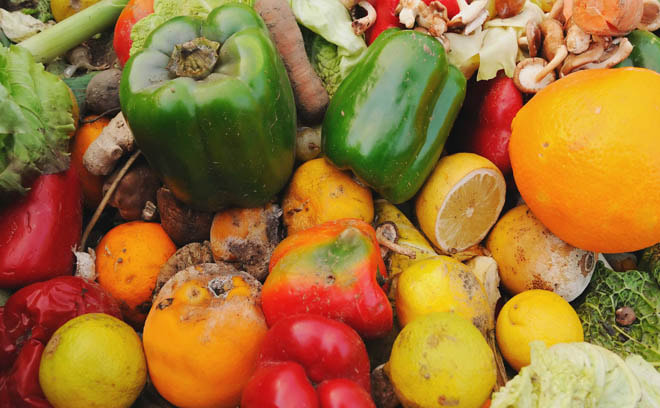


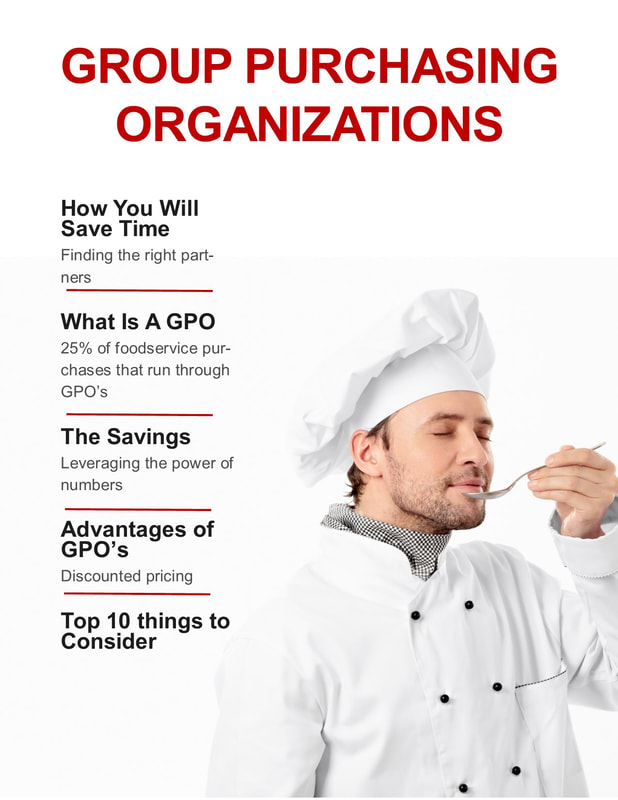

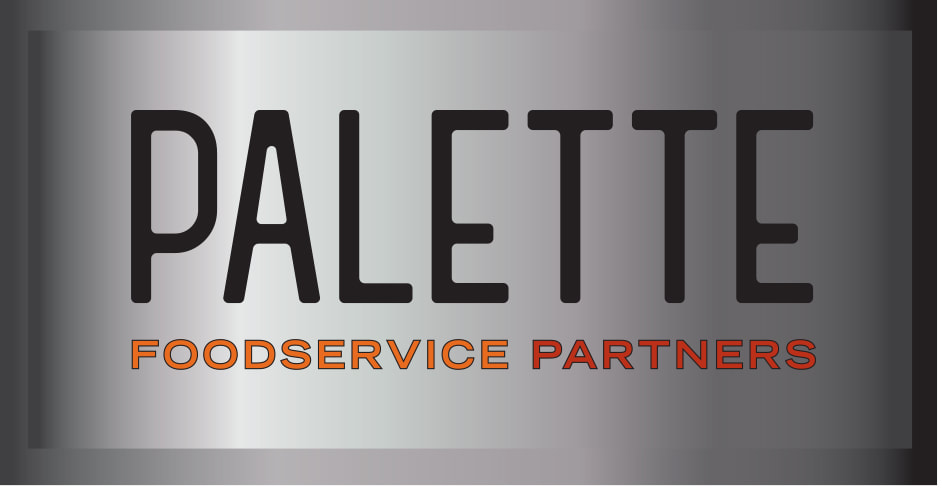
 RSS Feed
RSS Feed